Research
Our main interest is the study of the structure and dynamics of molecules and molecular adducts. In recent years the investigation of the conformational behavior of biomolecules has received a considerable impulse from the development of new spectroscopic techniques that combine rotational spectroscopy and supersonic jets. Supersonic jets provide an isolated environment in which the conformational behavior of molecules with chemical, atmospheric, astrochemical or biological interest can be unveiled using rotational spectroscopy methods. Supersonic jets allow the formation of molecular complexes and other unstable species. The study of such molecular complexes leads to a deeper understanding of the association and recognition processes. Microsolvated molecules are an interesting class of adducts which represent the initial steps of the hydration process. These show the interplay between self-association and solvation and serve as models to probe solvation dynamics and the evolution of molecular properties from isolation to solvation. Microsolvated small biomolecules are important targets of research since they provide a better understanding of the solvent role in larger systems such as proteins for which water has a crucial structural role.
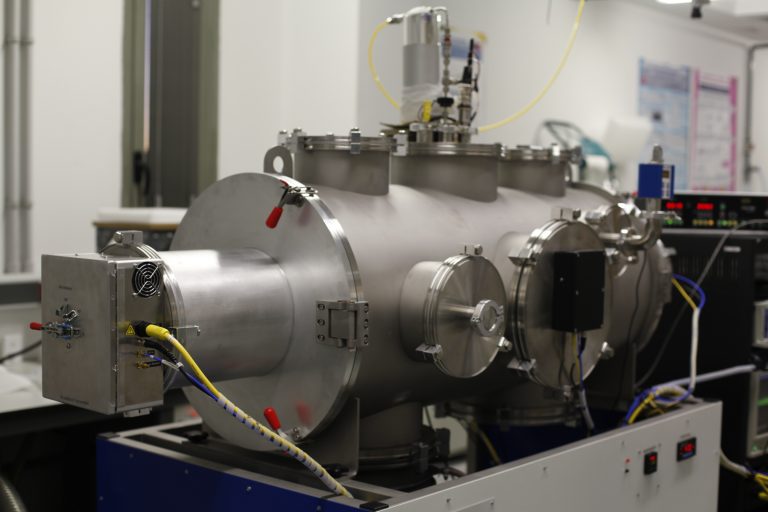
In December 2021, we have installed a new isoMRR spectrometer (6 – 18 GHz). It uses a new LVS (Low Volatile Sample) sample inlet based on those used in chromatography. From the rotational spectra of crude samples, it is possible to
- identify the components in the complex mixtures (parent and isotopologues)
- quantify the detected components in the complex mixtures
- characterize mixtures of (stereo)isomers without standards
- determine the structure without ambiguity
Programa Operativo FEDER de Castilla y León Adquisición equipamiento científico técnico en red INFRARED (IR2020-1-UVa02) Consejería de Educación de la Junta de Castilla y León (España)
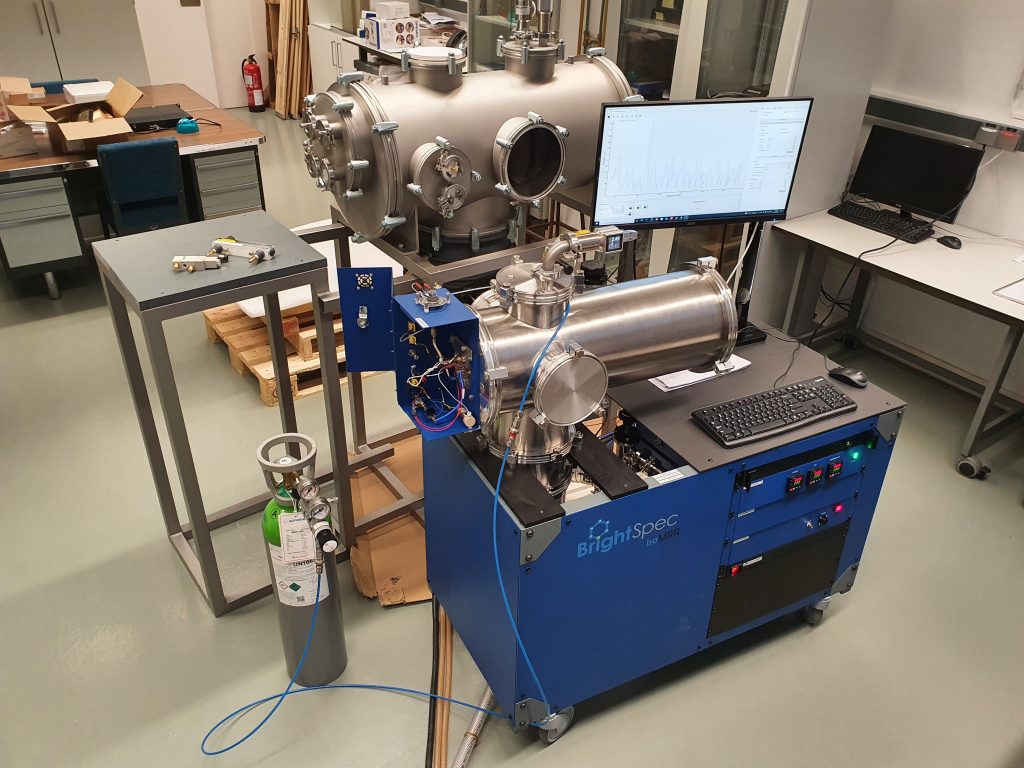
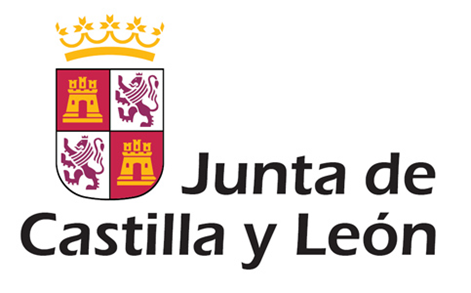
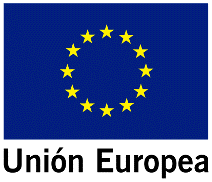

The CP-FTMW spectrometer implements the three-way mixing (M3WM) technique which allows us to differentiate the configuration of chiral molecules.
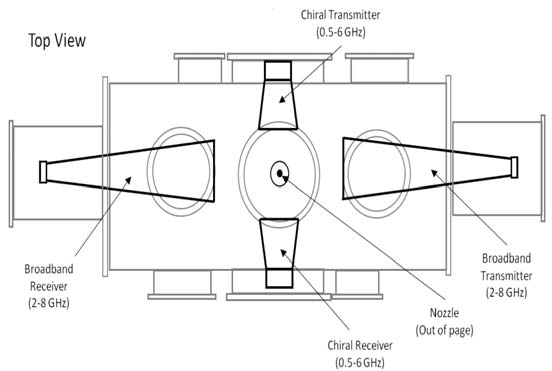
We are using supersonic jets in combination with broadband chirped-pulse (CP-FTMW) and narrowband (MB-FTMW) Fourier transform microwave spectrometers.
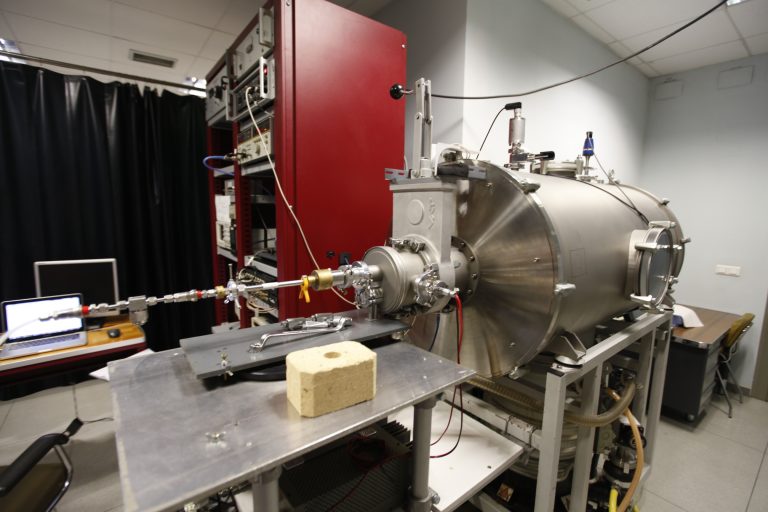
In microwave spectroscopy the sample must be injected to the supersonic jet in gas-phase. Consequently, most of the samples must be vaporized to allow its study. With this aim, besides the conventional heating methods, we also have a laser ablation vaporization source coupled to the CP-FTMW spectrometer (LA-CP-FTMW). This allows us to work with solid samples of high boiling point or which suffer thermal decomposition, such as aminoacids.
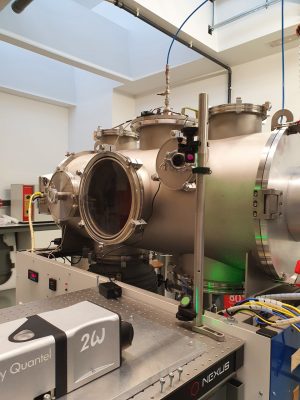
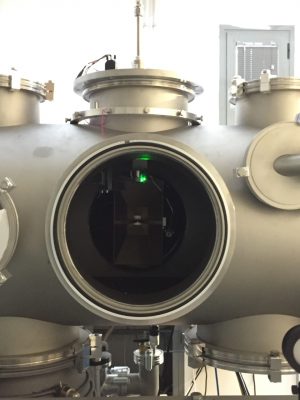
We have recently initiated a second line of research using MALDI-TOF techniques to detect microorganisms such as yeasts present in wines (Ribera de Duero D.O.).
